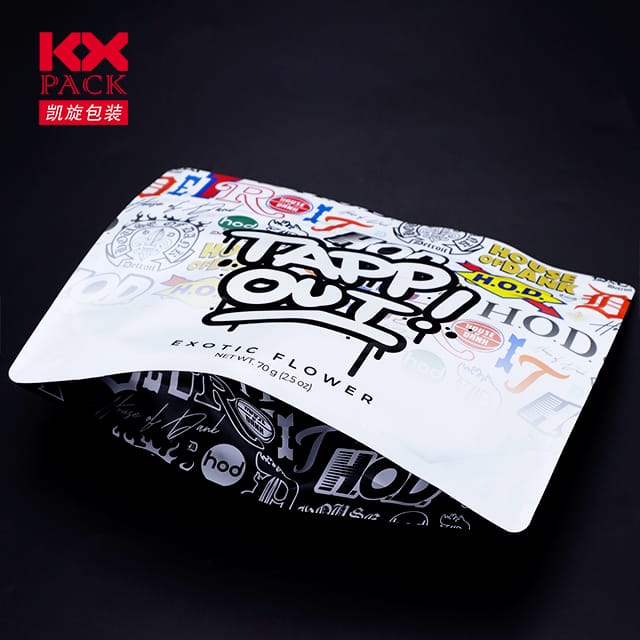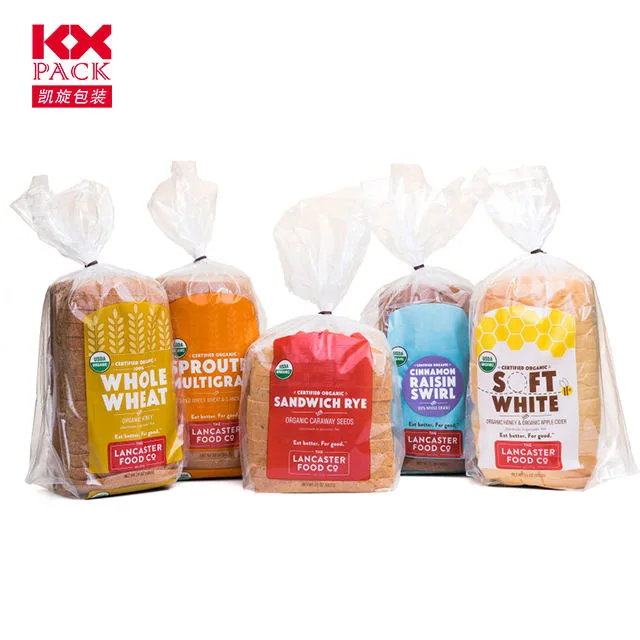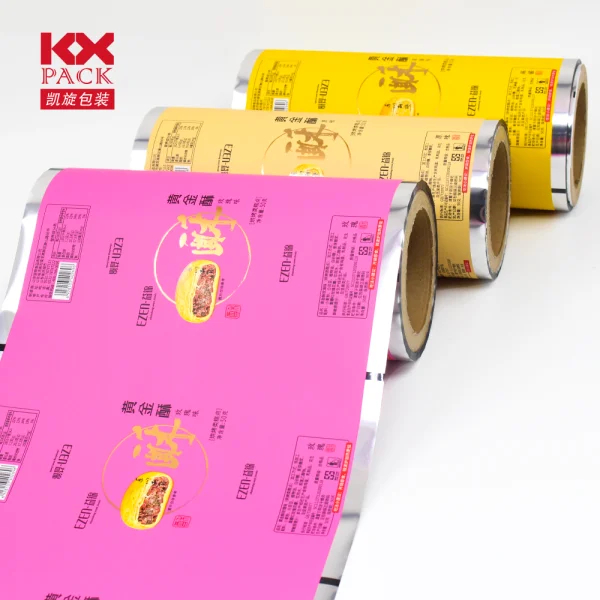ფილმის ჩანთა: მოქნილი შეფუთვის უნებლიე გმირი
ფილმის ჩანთა
In a world dominated by convenience and sustainability, ფილმის ჩანთა has emerged as a critical player in the packaging industry. ეს პატარა, მრავალმხრივი ტომრები ყველგანაა-ერთჯერადი ყავის საცვლებიდან და მოგზაურობის ზომის ტუალეტიდან. მაგრამ რა ხდის Sachet ფილმს ასე შეუცვლელი, და როგორ ვითარდება თანამედროვე მოთხოვნების შესრულება? Let’s dive into the world of this lightweight yet mighty packaging solution.
რა არის Sachet ფილმი?
Sachet film refers to thin, flexible laminated materials used to create small, sealed pouches (საკინძები) for packaging liquids, ფხვნილები, or semi-solids. Typically composed of multiple layers—such as polyester (PET), პოლიეთილენი (PE), ალუმინის კილიტა, or biodegradable polymers—these films combine strength, barrier properties, and printability to protect contents from moisture, ჟანგბადი, სინათლე, და დაბინძურება.
Key characteristics:
- მსუბუქი და კომპაქტური: Minimizes material use and shipping costs.
- დააკონფიგურიროთ: Available in various sizes, shapes, and sealing methods (მაგ., heat-sealed, peelable).
- High barrier options: Some films include aluminum or EVOH layers to extend shelf life.
- Eco-friendly alternatives: Growing adoption of biodegradable and compostable films.
Why Sachet Film Matters
1. Convenience for Consumers
Sachets cater to on-the-go lifestyles, offering portion control and reducing waste. Think of ketchup packets at fast-food chains or single-use face masks in hotels—these small packages deliver convenience without bulk.
2. Cost-Effective for Brands
For manufacturers, sachet film reduces material costs compared to rigid packaging (like bottles or jars) and lowers shipping expenses due to its lightweight nature. It’s also ideal for free samples or trial-sized products, driving customer acquisition.
3. Sustainability Challenges and Innovations
While sachets are practical, their single-use nature has raised environmental concerns. Traditional laminated films are often non-recyclable due to mixed materials. თუმცა, the industry is responding with:
- Biodegradable films: დამზადებულია მცენარეთა დაფუძნებული პოლიმერებისგან (მაგ., PLA, PHA) that break down under specific conditions.
- Recyclable mono-materials: Using single-type plastics (like PE) გადამუშავების გამარტივებისთვის.
- Reusable sachets: Some brands now offer refillable or durable pouches to reduce waste.
4. Versatility Across Industries
Sachet film serves diverse sectors:
- საკვები & სასმელი: Seasoning packets, honey sticks, energy gel sachets.
- პირადი მოვლა: Shampoo samples, moisturizer pods, travel-sized toothpaste.
- ფარმაცევტული საშუალებები: Blister packs for pills, sachets for oral suspensions.
- სოფლის მეურნეობა: თესლის პაკეტები, fertilizer sachets.
Sachet ფილმის მომავალი
As sustainability becomes a priority, the sachet film market is shifting toward greener alternatives. Innovations include:
- Water-soluble films: Dissolve in water, leaving no residue (used for detergent pods).
- Advanced recycling technologies: Chemical recycling to break down complex laminates.
- Smart packaging: Incorporating QR codes or NFC tags for anti-counterfeiting and consumer engagement.
Brands are also redesigning sachets to be more ergonomic, with easy-tear notches or resealable zippers, enhancing user experience.
დასკვნა: Small Package, დიდი გავლენა
Sachet film may be tiny, but its role in modern packaging is monumental. მოხერხებულობის დაბალანსებით, ღირებულება, და მდგრადობა, it continues to adapt to consumer needs and environmental challenges. Whether you’re a brand looking to optimize packaging or a consumer enjoying a single-serve coffee, sachet film is quietly shaping how we interact with products every day.
What’s your take on sachet film? Share your thoughts on its sustainability or favorite uses in the comments below!
Want to stay updated on packaging trends? Follow our blog for more insights. 🌍✨






